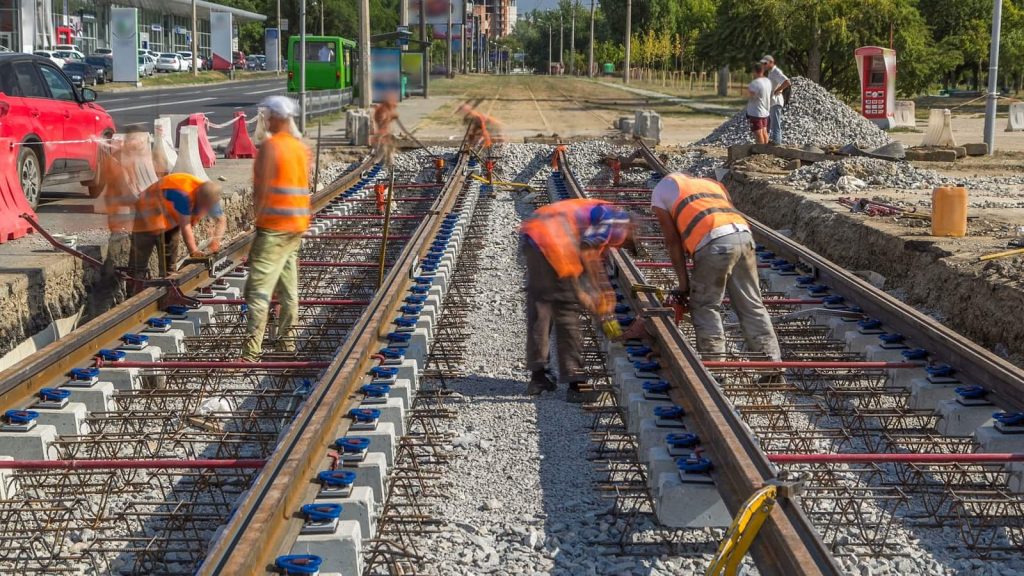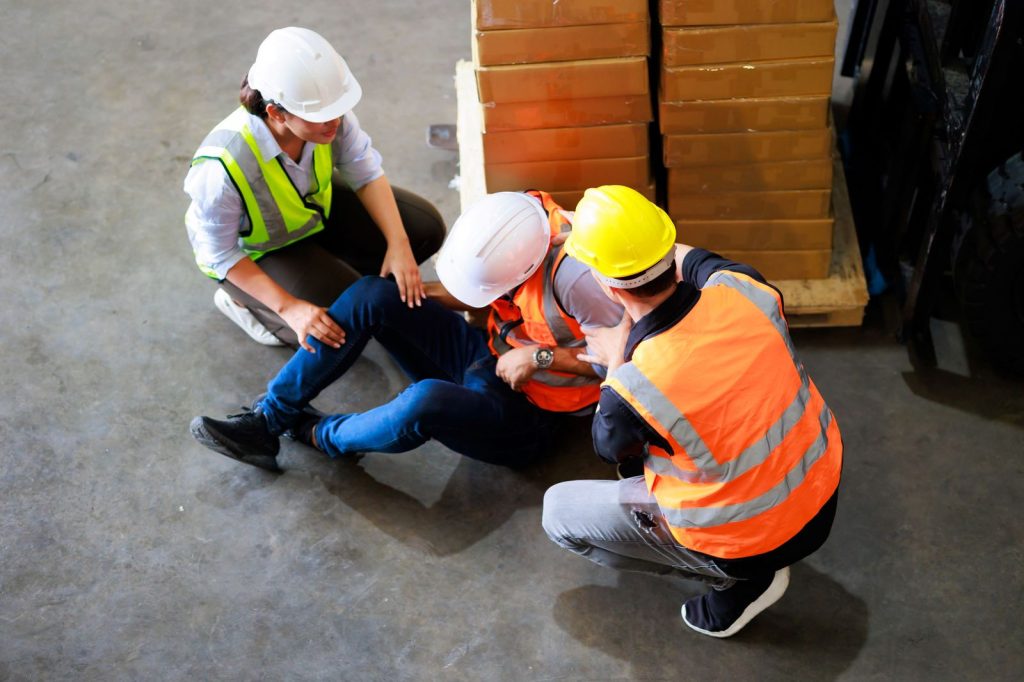Sports Medicine Techniques Promote Safety for Rail-Track Workers

According to the Bureau of Transportation Statistics, thousands of railroad employees are injured every year from grade-crossing accidents or train accidents.
If one of your employees sustains an injury on the job and they can prove that you were negligent in protecting them as a business owner, it can cost your company thousands of dollars.
By training your workforce to safely walk along the railroad, and giving them access to tools like sports medicine techniques to prepare their bodies for strenuous lifting, you can demonstrate your commitment to the safety of your railroad track workers. Read on to learn the steps you can take to ensure your workers are safe and healthy and protect yourself from liability claims.
Reducing Repetitive Muscle Strain

Many railroad workers are injured due to repetitive stress on their muscles and joints. The more you use one part of your body, the more likely it is to wear out. That is unless you take the steps necessary to stretch and exercise to prevent injuries.
You may have noticed workers calling out due to pain in their back, hip, shoulders, neck, and knees. This pain is common and is caused by damage to muscles and tendons, ligaments and nerves. They could also experience pain or weakness in those areas or develop numbness, burning, and swelling.
One common trauma is carpal tunnel syndrome, which occurs when the median nerve is compressed as it passes through the carpal tunnel in the wrist. This can cause symptoms like swelling, tingling, numbness, weakness and severe pain.
Carpal tunnel syndrome is often related to repetitive fine motor movements and poor biomechanics at the wrist and hand. It needs to be addressed by medical professionals for further testing, diagnosis and treatment.
Lateral epicondylitis is also a common injury for railway workers. Also known as “tennis elbow” this condition presents with inflammation, pain and tenderness at the outside of the elbow. It is related to overuse and poor wrist mechanics/positioning, and causes inflammation of the tendon that attaches the muscle that extends the wrist. The pain associated with this condition is severe and it can also prevent the sufferer from having a firm grip, making further injury on the job even more likely.
Fortunately, both carpal tunnel syndrome and lateral epicondylitis can be prevented and managed with the right rehabilitation exercises, biomechanics and sports medicine techniques. Teaching your workers about the proper ways to move their bodies to prevent an injury can go a long way towards demonstrating that you take the safety of your employees seriously.
Preventing Catastrophic Injuries
A catastrophic injury is one that leaves the victim with enduring physical, mental, emotional, or psychological scars. While minor injuries heal, these are the injuries that can leave a worker struggling to maintain their quality of living and facing difficulties in their daily lives.
While working on a railroad, there are a multitude of injuries that occur that can be considered catastrophic. Major injuries include burns and serious neck and back injuries. These neck and back injuries often start as a minor ache and pain that leads to a lasting condition. By putting practices in place to strengthen your employees’ bodies today, you can help them prevent serious injuries tomorrow.
Creating Railroad Track Worker Safety
At Work-Fit, it’s our passion to create safer work environments for employees in every industry by teaching the same sports medicine techniques used by professional sports teams. Our healthcare professionals can create a plan to empower your workforce to prevent injuries using tried and true strategies.
Contact Work-Fit today to learn more about how our training programs can reinforce your company’s safety practices.



